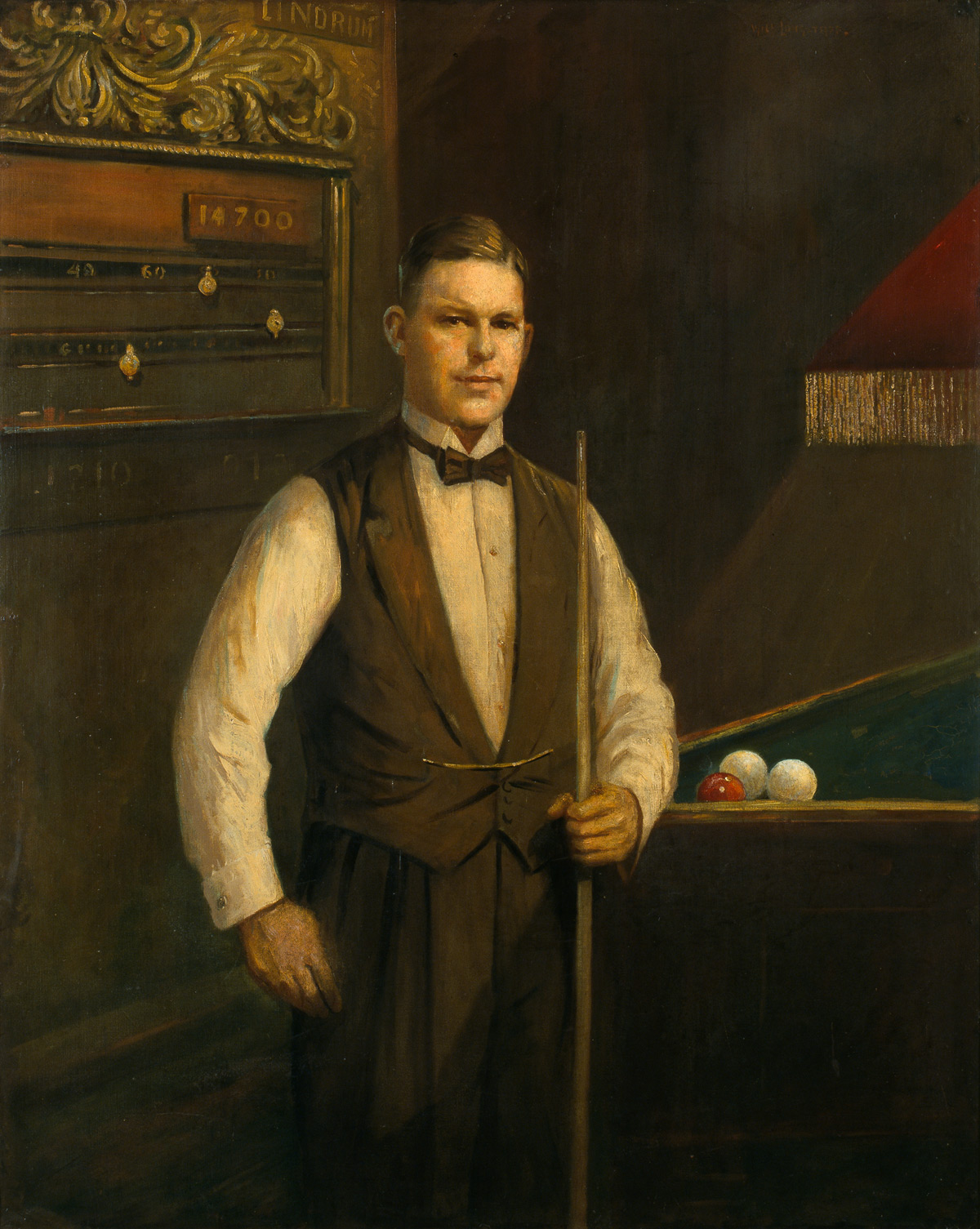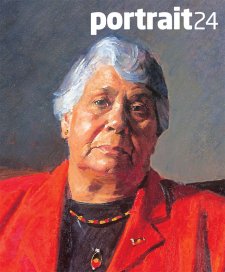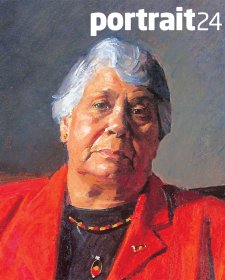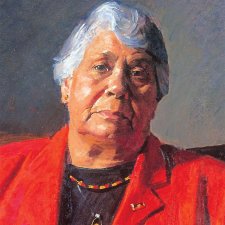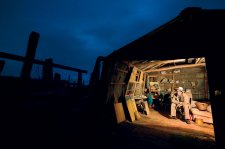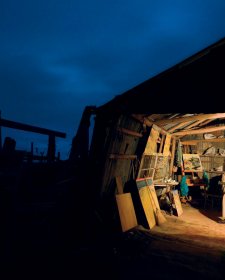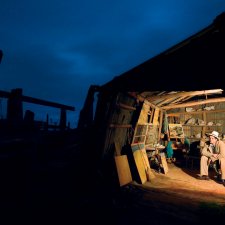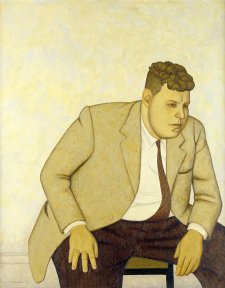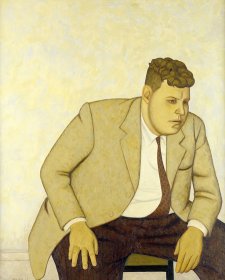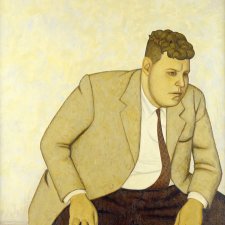Walter Lindrum OBE (1898-1960), billiardist, was born into a billiards-mad family in Kalgoorlie, WA, where his father ran a billiard hall and bookmaking business. In 1912 the family moved to Melbourne, where they were to operate the Lindrum billiard hall until 1973.
Walter and his brother were coached by their father, who, Walter claimed, was the best billiard player in the pre-World War I world. After his brother's brilliant career petered out, Walter emerged as the leading Australian player. In 1929 he went to England, where he quickly established himself as the greatest billiard player the world has ever seen. While the Australian billiard fraternity knew that Lindrum was an exceptional, even freakish, talent, the claims about his ability had been scoffed at, even dismissed, by the parochial English followers of the game. It took Lindrum less than two months in the home of billiards to convert the sceptics. Lindrum was the supreme exponent of the 'nursery cannon', in which the cue ball travels along the cushion connecting with the two other balls on the table in a series of tiny point-scoring collisions. His biographer, Andrew Ricketts, relates that during a match in Melbourne in 1931, Lindrum was on his way to a break of 1 464 when his opponent fell asleep, waking to ask 'May I have a shot now?' Other players had to adopt the nursery cannon to have any chance against Lindrum. By 1932 the 'cushion crawlers' were accused of ruining the game for spectators, who were unable to see or appreciate the play. Accordingly, the Billiard Association and Control Council changed the rules of billiards so the ball had to cross the 'baulk line' of the table at set intervals. Lindrum and most other top players were disgusted by the rule, and it only served to limit the big breaks until they adapted to it. Lindrum himself acknowledged that he had a kind of genius, but pointed out that he sometimes practised 12 or 14 hours a day. Above all, his capacity to concentrate contributed to his success. 'I have been called a man without a single human emotion at the billiard table, and while I consider this definition cold and hard, I admit its truth so far as it related to anything likely to put me off my game,' he said. He made his largest competitive break, of 4 137, in 1932. The 1930s were Lindrum's peak years; he won the world billiard championship in 1933 and retained the title throughout the decade. In the 1940s, as billiard tables began to disappear from homes and public facilities and snooker became more popular, he abandoned competitive play. In his later years he applied himself to raising funds for the war effort and numerous Melbourne charities; it was for such endeavours that he was made OBE in 1958. His gravestone - a marble-topped billiard table with a cue and three brass balls - was erected by the Sportsmen's Association, with whom he had raised tremendous amounts for various bodies. The artist of this portrait, Will Longstaff (1879- 1953) grew up in Ballarat, where he studied art at the School of Mines before embarking for the South African War. He attended art school in London before joining the Australian Imperial Force in 1915, serving in Egypt. Invalided to England, where he was to remain all his life, he was appointed a war artist. While his best-known painting is Menin Gate at Midnight (1927), one of the key works of the Australian War Memorial, he undertook many portrait commissions. According to Andrew Ricketts, the billiard room depicted in Longstaff's painting is probably a mock-up or composite rather than a particular venue. He attributes no special significance to the number 14 700 on the scoreboard, but observes that Longstaff has restored the top joint of Lindrum's right index finger, which had in fact been amputated after it had been damaged in a mangle when Walter was three years old. Although it appears to have been intended for Australia, the portrait took many years to arrive. From the 1930s onward it was owned by the pre-eminent English billiards firm, Thurston's, a company of ea Clare and Son, Liverpool. Having travelled here for Uncommon Australians: Towards an Australian Portrait Gallery in 1992-93, it has been marked as a desirable permanent acquisition for the Gallery in the intervening years. In 2006, ea Clare and Son agreed to sell the portrait on the condition that the National Portrait Gallery provide a high quality reproduction of the work for display in its collection of billiards memorabilia. Lindrum has been called the 'Bradman of billiards', although there was far greater inequality between Lindrum and his opponents than there was between Bradman and his. As Ricketts observes, the unequalled achievements of these two men 'were the symbols of hope, the thread of positiveness which helped many to battle on through the Depression and eventually rebuild the tattered fragments of their lives.' Thanks to the generosity of Founding Patron Gordon Darling, who made it possible for the portrait of Lindrum to be acquired, the two great champions face each other in the National Portrait Gallery now.
